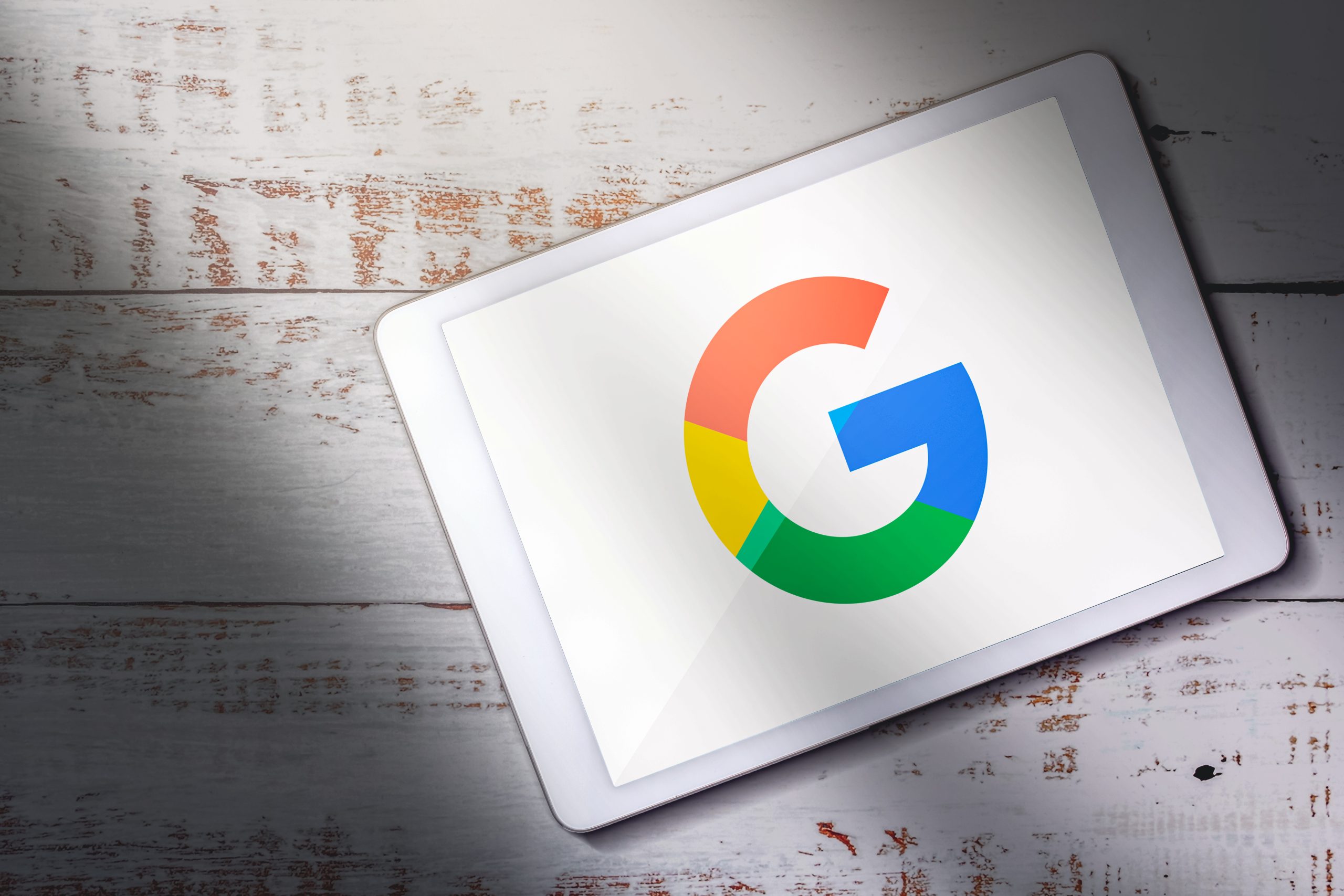Running a successful Google Ad campaign can be a highly effective way to reach a large audience and drive traffic to your website. But with so many factors to consider, it can be challenging to get it right. This blog post will explore critical steps to help you run a successful Google Ad campaign.
Define your goals and target audience.
Before launching your Google Ad campaign, you must define your goals and target audience. What are you hoping to gain through your campaign? Are you looking to increase brand awareness, drive sales or boost website traffic? Understanding your goals will help you determine the right keywords, ad copy, and bidding strategy.
Defining your target audience is also essential. Who are you targeting with your campaign? Consider demographics such as age, gender, location, and interests. By understanding your target audience, you will be able to create highly targeted ads that are more likely to resonate with your potential customers.
Conduct keyword research
Keyword research is one of the most critical steps in running a successful Google Ad campaign. Keywords are the words and phrases potential customers use to search for products or services related to your business. You can ensure that your ads are displayed to the right audience by targeting the right keywords.
Start by brainstorming a list of keywords that are relevant to your business. Once you’ve identified your keywords, group them into ad groups based on relevance and create ad copy that speaks to each group.
Create compelling ad copy.
Your ad copy will entice potential customers to click on your ad and visit your website. It’s essential to create compelling ad copy that is both relevant to the searcher’s intent and appealing to the eye.
To create compelling ad copy, start with a strong headline that grabs attention and conveys your product’s or service’s benefits. Follow it up with a description that provides more detail and a call to action that encourages the user to click through to your website.
Set a budget and bidding strategy.
Google Ads operates on a pay-per-click (PPC) model, meaning you only pay when someone clicks on your ad. Setting a budget for your campaign and a bidding strategy that aligns with your goals is essential.
Several bidding strategies include manual CPC, automatic CPC and target CPA. Manual CPC allows you to set your bid for each keyword, while automatic CPC allows Google to adjust your bids based on your budget and campaign goals. Target CPA lets you set a target cost-per-acquisition, and Google will adjust your bids to achieve this target.
Monitor and optimize your campaign.
Once your campaign is up and running, it’s vital to monitor its performance and optimize it for better results. Google Ads provides detailed metrics that can help you measure the effectiveness of your ads, including impressions, clicks, click-through rate (CTR), cost-per-click (CPC), and conversion rate.
Use these metrics to identify which keywords and ad groups are performing well and which need improvement. Make changes to your ad copy, keywords, and bidding strategy to improve your campaign performance.
Some More Tips
In addition to the steps outlined above, a few other factors can help you run a successful Google Ad campaign. First, ensure your website is optimized for conversions. Your ads may be driving traffic to your website, but if your website is challenging to navigate or needs a clear call to action, you may not see the results you’re hoping for.
Second, use ad extensions to enhance your ads and provide more information to potential customers. Ad extensions can include your phone number, location, reviews, and links to specific pages on your website. Finally, consider using retargeting to reach people who have visited your website in the past. Retargeting allows you to display ads to people who have already shown an interest in your business, increasing the likelihood of returning to your site and making a purchase.
Conclusion
Running a successful Google Ad campaign requires careful planning, attention to detail, and ongoing optimization. By defining your goals, conducting keyword research, creating compelling ad copy, setting a budget and bidding strategy, and monitoring and optimizing your campaign, you can reach a larger audience and drive more traffic to your website. Remember, success with Google Ads is an ongoing process, and the more you learn and adapt, the better your results will be.

